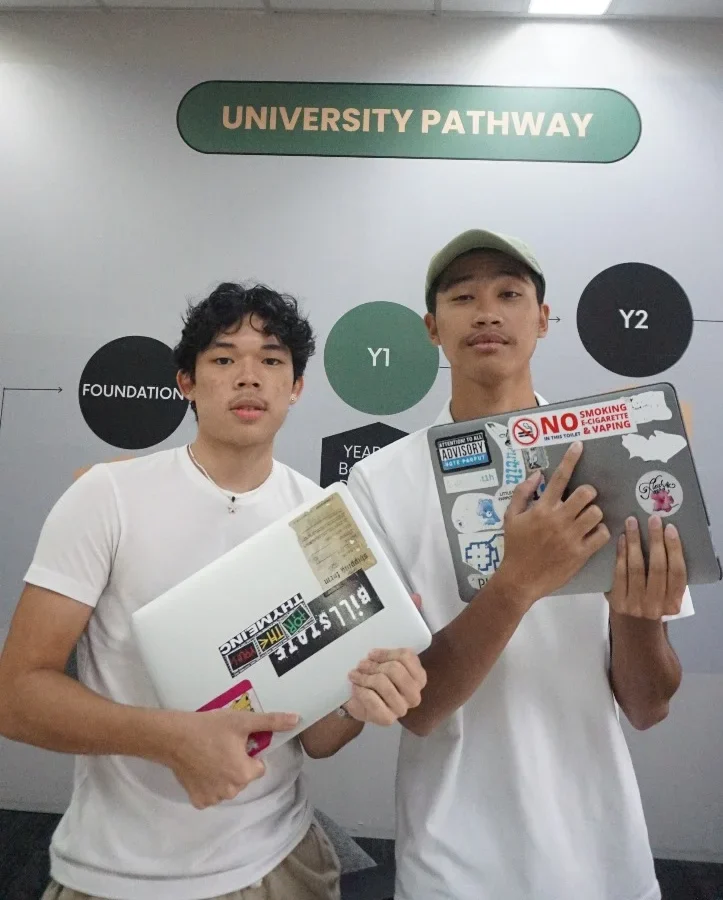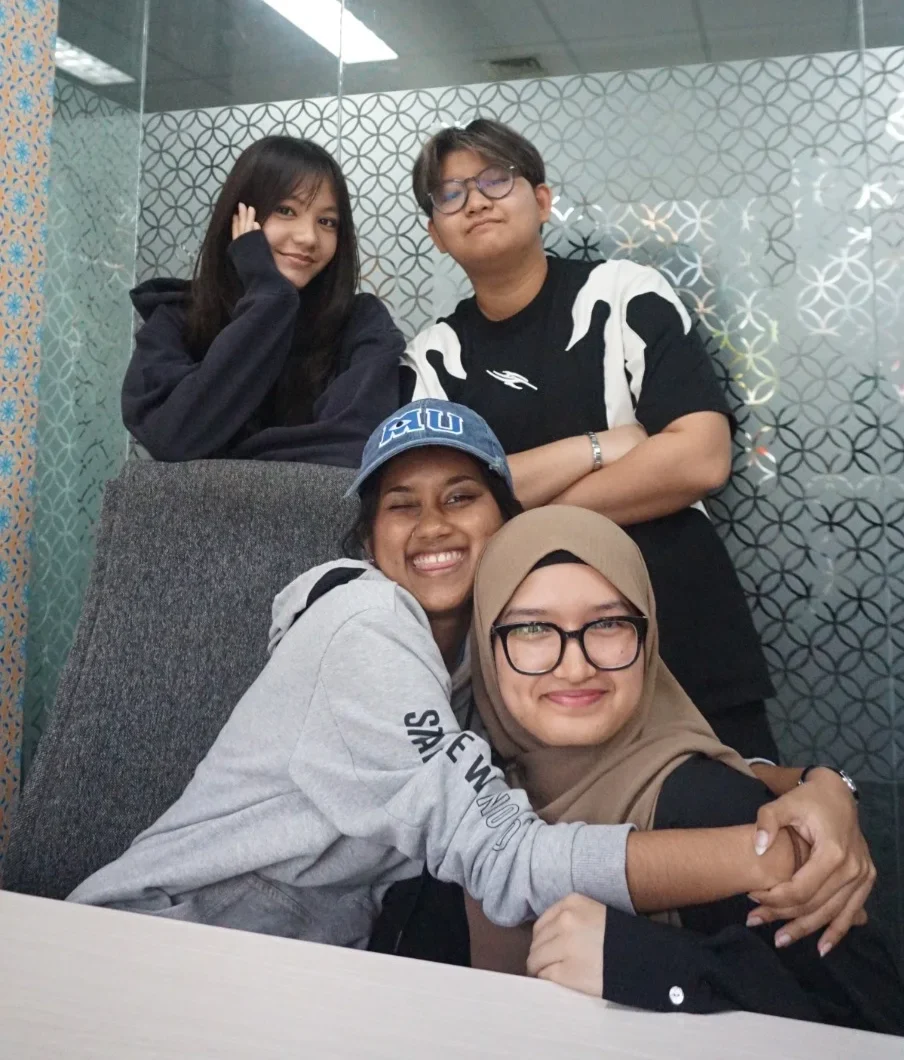Education in Indonesia is undergoing a transformation. With rapid globalization, digital innovation, and a growing demand for specialized skills, students are no longer limited to the traditional high school route before university. Junior colleges are emerging as strong alternatives, offering career-focused programs and a faster transition to higher education or the workforce. One standout example is Jakarta Academics College, a fast-growing junior college with campuses in Jakarta and Bali, shaping the future of practical, skill-based learning.
Contents
High School: The Traditional Path
For decades, high school has been the standard educational track in Indonesia. Its key features include:
- General Curriculum: Students study a broad range of subjects, from sciences to humanities.
- Social Development: High schools focus on community engagement, teamwork, and extracurricular activities.
- University Preparation: Graduates often take national exams (UTBK) to qualify for university.
While high school builds a strong academic foundation, critics argue that it doesn’t always align with the fast-changing job market or the demand for industry-specific skills.
Junior College: A Rising Alternative

Junior colleges in Indonesia are gaining momentum as institutions that bridge the gap between high school and university. They are designed to:
- Offer Practical Skills: Programs are more hands-on, tailored for industries like business, IT, design, and healthcare.
- Provide Flexibility: Students can continue to university.
- Focus on Affordability: Tuition fees are often lower compared to full university programs.
Spotlight: Jakarta Academics College
Located in Jakarta and Bali, Jakarta Academics College is one of the fastest-growing junior colleges in Indonesia. It is recognized for:
- Innovative programs that combine academic learning with real-world projects.
- A strong network with local businesses, opening opportunities for internships.
- A student-centric approach, blending modern teaching with global perspectives.
This kind of junior college is appealing to students who want to gain career-ready skills without sacrificing academic rigor.
Comparing the Two Paths
| Factor | High School | Junior College |
| Purpose | Prepares students for national exams and university entrance. | Provides both academic foundations and career-focused learning experiences |
| Curriculum | General knowledge (SMA) or vocational training (SMK). | Mix of academic courses plus industry-relevant skills (business, IT, design, healthcare) |
| Duration | 3 years (grades 10–12) | 2–3 years, often designed to transfer smoothly into university programs |
| Pathways | Graduates usually take UTBK for university. | Graduates can continue to university, sometimes with transferable credits |
| Learning Style | Mostly theory-based; practical skills vary (SMK more applied than SMA) | Applied learning with projects, internships, and global exposure opportunities |
| Recognition | Nationally recognized diploma (Ijazah SMA/SMK) | International style diplomas or certificates; often linked to foreign university pathways. |
The Future Outlook for Indonesia

- Hybrid Models: We may see partnerships where high schools integrate junior college-style courses.
- Skill-Based Economy: Employers are prioritizing practical expertise, giving junior college graduates an edge.
- Regional Expansion: With institutions like Jakarta Academics College setting benchmarks, junior colleges could expand beyond major cities into smaller provinces.
The future of education in Indonesia is not about High School vs Junior College, but rather how both can complement each other. High schools remain vital for broad learning and social growth, while junior colleges offer a faster, more targeted pathway to careers and higher education.
For students in Jakarta, Bali, and beyond, institutions like Jakarta Academics College are proof that junior colleges are not just an alternative, they are a growing force shaping Indonesia’s education landscape.
